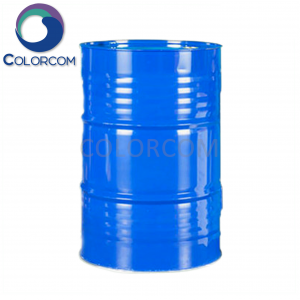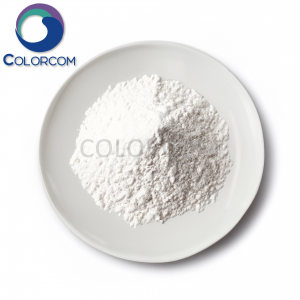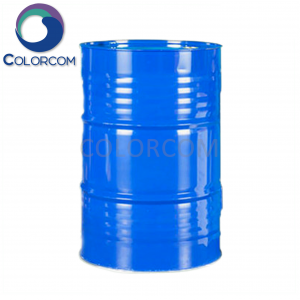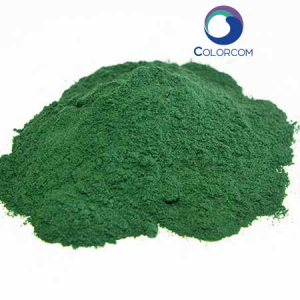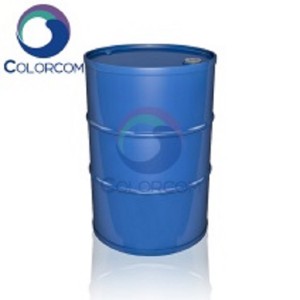2-ethylhexanal | 123-05-7
Product Physical Data:
| Product Name |
2-ethylhexanal |
| Properties |
Colorless transparent liquid |
| Density(g/cm3) |
0.809 |
| Melting Point(°C) |
-76 |
| Boiling point(°C) |
163 |
| Flash point (°C) |
42.2 |
| Vapour Pressure(25°C) |
2.11mmHg |
| Solubility |
Slightly soluble in water. |
Product Application:
1.2-Ethylhexanal is widely used in industry, mainly in organic synthesis reactions, such as for the preparation of fragrances, dyes and pesticides. It is also used as a raw material for organic solvents and surfactants.
2.It can be used as an important ingredient in flavours and fragrances, giving the products a unique aroma. It can be used in the formulation of perfumes, soaps, shampoos and other personal care products, as well as in food additives and flavourings.
3.It can also be used as a solvent and has applications in metallurgy, dyes, plastics and other chemical industries. Due to its low toxicity and volatility, it is widely used in cleaning agents and solvents.
Safety Information:
1.Toxicity: 2-ethylhexanal is toxic. Contact with or inhalation of this compound may cause irritation and damage to the human body. Therefore, care needs to be taken to avoid direct contact with the skin, eyes or respiratory tract during handling and use.
2.Flammability: 2-ethylhexanal is a flammable substance with a low flash point and spontaneous combustion temperature. Contact with open flame, high temperature or oxidising agents should be avoided during storage and use to prevent fire or explosion.
3.Storage: 2-ethylhexanal should be stored in airtight containers away from sources of ignition, heat and oxidising agents. The storage area should be kept dry and well ventilated and out of direct sunlight.
4.Personal Protective Measures: When handling 2-ethylhexanal, chemical protective gloves, safety glasses, and protective masks should be worn to prevent contact with and inhalation of the compound.
5.Waste Disposal: When disposing of 2-ethylhexanal, follow local codes and regulations. Avoid discharging waste into sewers or the environment to avoid environmental pollution.



